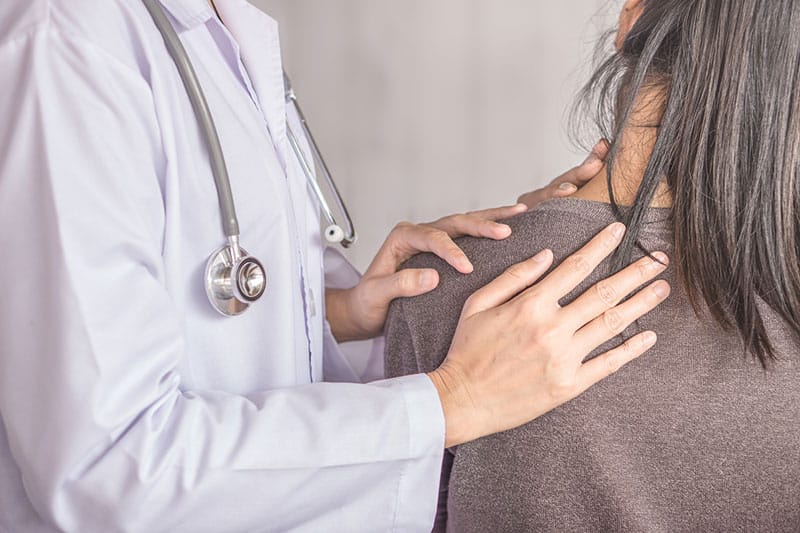All physicians go through extensive training to care for you. Osteopathic physicians, or DOs, receive additional training that gives them another powerful tool for diagnosis and treatment — osteopathic manual medicine, or OMM.
But what makes osteopathic physicians unique isn’t just the manual techniques they use; it’s their whole-person approach to care. DOs are trained to treat the whole person, not just symptoms. They consider how lifestyle, environment, and the body’s interconnected systems influence your health.
“As a DO, I look at the whole picture, not just symptoms,” says Dr. Daffney Arnold, family medicine physician at The Iowa Clinic. “It’s about understanding how everything in the body works together and how that impacts healing.”
If you've never seen a DO, you may not even know it's an option. But there are many times where you can benefit from the hands-on healing of a doctor of osteopathic medicine.
How does osteopathic manual medicine work?
Osteopathic manual medicine is a hands-on approach used to treat a variety of common conditions. It can be applied alongside other treatments or as a standalone therapy.
OMM uses specific techniques designed to gently manipulate and restore function to your bones, joints, muscles, and tissues. The goal is to address tightness, restrictions, or imbalances that might be causing pain or limiting movement. By addressing these connections, OMM encourages the body to heal as a whole.
“My goal is to work with patients as a team,” says Dr. Arnold. “Whether we’re treating a chronic condition or focusing on prevention, we make the plan together.”
What are the benefits of osteopathic manual medicine?
Simply put: you get better. OMM is intended to help resolve your health concerns by encouraging your body’s natural healing.
One major advantage is that OMM treatments happen right in the doctor’s office. The approach is non-invasive and doesn’t carry the side effects of medication. You might feel some mild soreness for a day or two, but many patients find the relief well worth it.
OMM can be especially helpful if you’re dealing with:
- Headaches. Many people are plagued by intense or chronic headaches. A study from The Journal of the American Osteopathic Association shows that OMM treatments can help reduce the pain and duration of migraines.
- An injury. Traumatic injuries can lead to health issues long after the initial trauma. OMM can help you recover from a concussion, whiplash or other aftereffects from a traumatic event. It can also resolve injuries from stress, sports or overuse.
- Pain. Acute or chronic, pain is one of the most common conditions treated with osteopathic manual medicine. DOs use OMM to help you manage pain in your neck, back and shoulders as well as joint pain from arthritis.
- Anything that doesn't respond to conventional treatments. Chronic infections, neurological disorders, respiratory problems and gastrointestinal issues can leave you searching for answers after a while. OMM can help resolve the ongoing symptoms of these issues when other things haven't worked for you.
Is OMM right for you?
You don’t need to be dealing with chronic pain or a serious injury to benefit from OMM. Whether you’re managing day-to-day stress, recovering from a minor strain, or simply looking for a more holistic approach to your health, OMM can be a valuable part of your care.
If you’re curious about a hands-on, whole-body approach that emphasizes prevention, function, and long-term wellness, consider seeing a DO. OMM might be the missing piece in your health journey.
OMM visits typically take a bit longer than a standard appointment – typically around 30 minutes – so be sure to call when scheduling and let our team know you’d like to be seen for OMM.
Find a provider who offers OMM at The Iowa Clinic and take the next step toward feeling your best.

